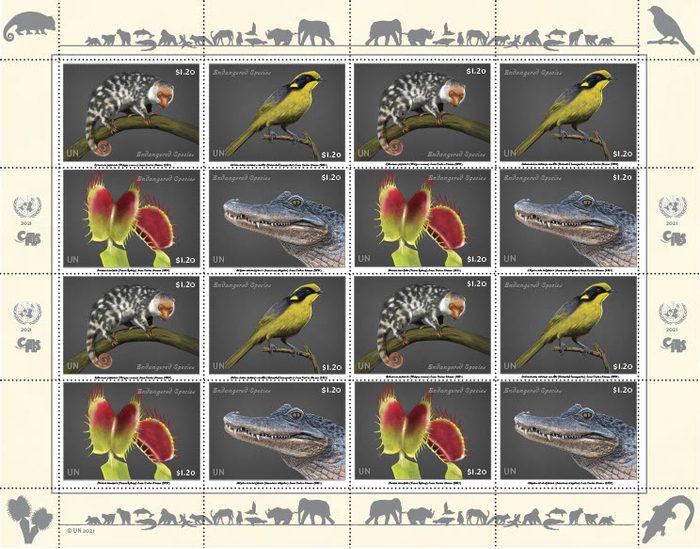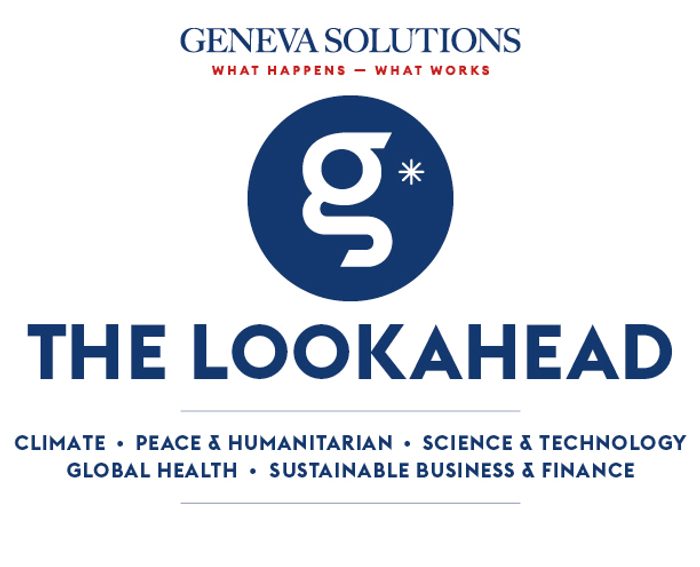Good morning, this is Michelle and today we’re talking to young indigenous researcher Archana Soreng about the role youth have in passing on the wisdom of their elders to protect the planet.
Also, we hear about why simply planting trees is not the solution to climate change and can do more harm than good when not done right. Plus, a study finds that a mere three per cent of our ecosystems remain unscathed. |
|
Climate & environment news
|
|

Archana Soreng carrying out research in Ambapadia village in Khordha dsistrict in Odisha, India. (Photo courtesy of Archana Soreng)
|
|
🦉Sharing the wisdom.
Indigenous communities are the first safekeepers of nature, but their traditional knowledge often goes undocumented. Archana Soreng, a young indigenous environmentalist from India tells us how indigenous youth can make sure that their elders’ wisdom helps the world protect the planet.
Geneva Solutions (EN)
|
|
🌳 A false solution?
Trees have become the symbol of global climate action, prompting ambitious pledges to plant billions of these carbon sucking natural machines. However, experts warn that planting any kind of tree wherever there is room can be detrimental, altering existing ecosystems, drying up water supplies and causing people to be driven out of their lands. Plus, it’s a terrible excuse to replace hundreds of years old forests.
Yale Environment 360 (EN)
|
|
👣 Overwhelming human footprint.
Humans have managed to spare only three per cent of the Earth’s ecosystems, according to a study. Only certain parts of the Amazon, the Congo, Eastern Siberia, Northern Canada and the Sahara still have their original wildlife species and have been left unharmed by human activity and by invasive alien species. A great deal of these ecosystems are unsurprisingly found in territories inhabited by indigenous communities.
The Guardian (EN)
|
|
Here's what else is happening
|

CITES/UNPA
|
|
🐊 Stamps for conservation.
Receive a letter this year and you may get a rare glimpse of Australia's 'helmeted' honeyeater or the Waigeo cuscús from Indonesia. The UN endangered species stamps series this year features endemic species, animals or plants that exist only in one geographic region. Created by Cuban American artist Juan Carlos Alonso, all 12 of the fluffy and scaly animals and colourful plants are protected by the Convention on International Trade in Endangered Species of Wild Fauna and Flora (CITES).
Since 1993, CITES teams up every year with the UN Postal Administration to raise awareness on wildlife conservation. Stamps are an easy way to get an awareness raising message to travel across continents. Most recently, the Swedish Postal Service issued Greta Thunberg stamps and the postal service of Zimbabwe created stamps featuring Covid-related health measures.
CITES (EN)
|
|
|
📌 19-23 April | ILO Green Week.
Innovators, business leaders, policy experts and environmental practitioners from around the globe explore what a green future of work could look like, and how we can get there.
ILO (EN)
|
|
|
GS news is a new media project covering the world of international cooperation and development. Don’t hesitate to forward our newsletter!
Have a good day!
|

|
|
Avenue du Bouchet 2
1209 Genève
Suisse
|
|
|
|










